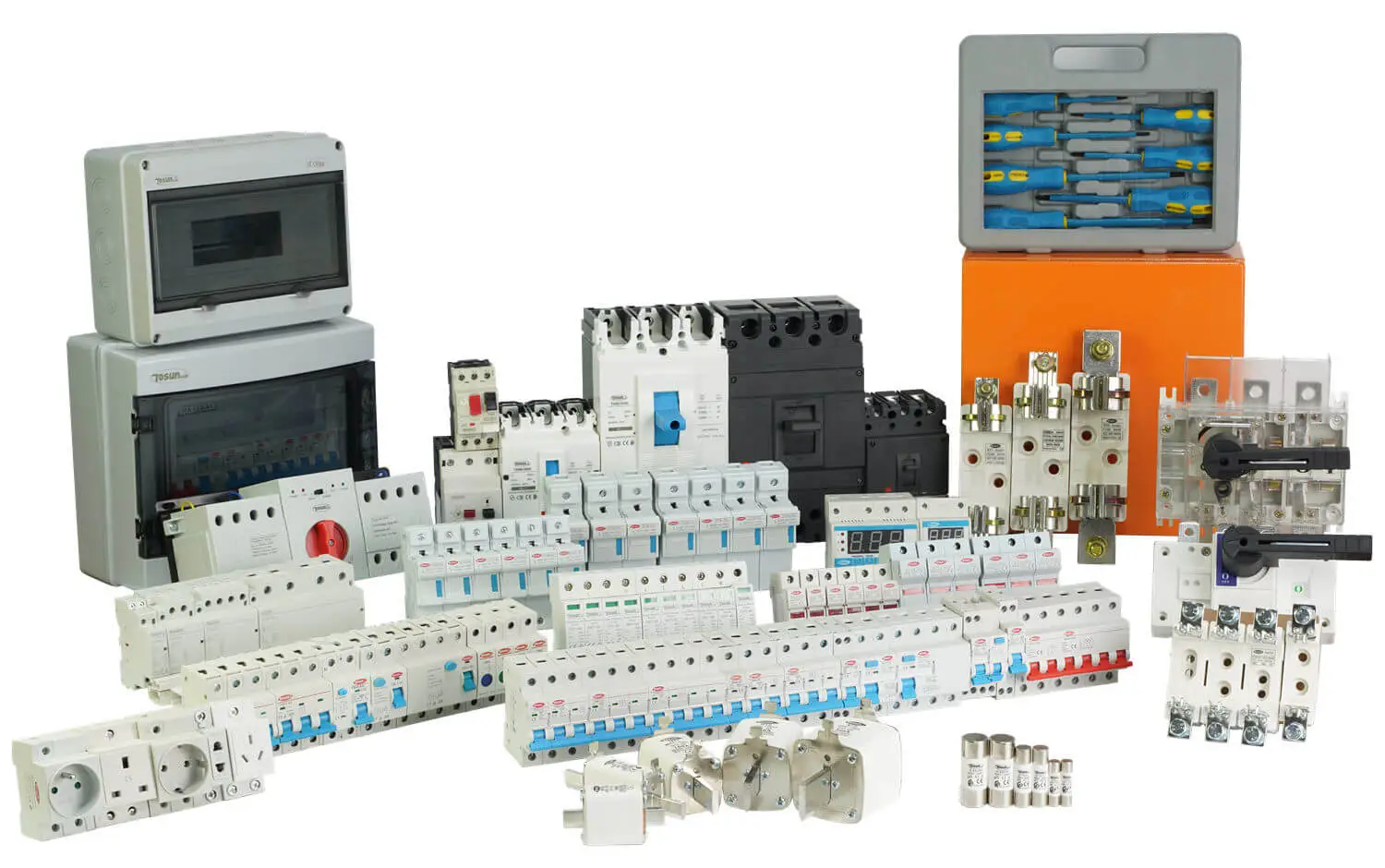RCBO vs RCCB: Key Differences Explained
Table of Contents
ToggleUpgrading electrical safety means choosing between RCCBs for pure shock prevention and RCBOs with added overcurrent stops. While their names sound alike, these technologies provide overlapping yet distinct protection. How do RCCBs and RCBOs differ in form and function?
- RCCBs solely detect leakage faults, and RCBOs have overcurrent
- RCBOs combine RCCB and MCB circuits in one body
- RCCBs maximize safety, RCBOs add circuit breaker capabilities
RCCBs identify leakage currents for fast shutoff against shocks. RCBOs build in standard circuit protection, too. Selecting the right device starts with understanding their capabilities.
What are RCCBs and How Do They Work?
The term RCCB stands for residual current circuit breaker. RCCBs work by constantly sampling electrical current in the hot and neutral lines to detect any deviations or “residual” leaking to the ground. This identifies ground faults that indicate potential shock risks.
Once a RCCB senses stray current exceeding 30 milliamps, its control circuit trips the breaker in under 40 milliseconds – much faster than a human body can withstand a shock. This makes dedicated RCCBs ideal for power points and wet areas needing maximum safety.
What are RCBOs and How Do They Function?
By contrast, a residual current circuit breaker with overcurrent protection (RCBO) combines ground fault detection like an RCCB while also integrating standard circuit breaker overcurrent capabilities in a single body.
The RCCB portion samples current flow to catch leakage faults. Circuit breaker components additionally monitor the line current level and will trip at a preset amperage threshold in case of overloads and short circuits. This consolidates two key protections.
RCBOs vs RCCBs – Key Differences
Here are a few key differences between RCBOs and RCCBs:
- Design
Unlike standalone RCCBs, RCBOs cram two distinct breaker circuits – a residual current sensor and a thermal-magnetic trip – within the frame of a standard miniature circuit breaker (MCB). This allows simultaneously shielding against both electric shock and overheating risks in modern homes and offices.
- Nuisance Tripping
Very leakage-sensitive RCCBs provide maximal shock protection but can nuisance trip on some loads. The circuit breaker side gives RCBOs higher tripping thresholds outside the danger zone. RCBOs thus avoid unnecessary cutoffs from minor current fluctuations. This makes them ideal on equipment-dense circuits.
- Reset Procedures
RCCBs require full manual resets once tripped. But unless leakage faults persist, the circuit breaker portion of RCBOs will automatically reset once overloads clear. This again minimizes downtime and disruptions on critical lines after minor events. However it demands resetting both portions after major faults.
Conclusion
RCCBs are optimized for fault current protection and rapid shock prevention, while RCBOs factor both leakage and overloading safeguards. Combining safety and convenience makes RCBOs growing choices for robust residential and commercial installations.
For professional guidance on cost-effective RCCB, RCBO, and electrical safety options tailored to your next project, TOSUNlux offers personalized consultation services. Contact our specialists today to protect your property and people.
Tel: +86-577-88671000
E-mail: ceo@tosun.com
Skype: tosunelectric
Wechat: +86-139 6881 9286
WhatsApp: +86-139 0587 7291
Address: Room No.1001 Wenzhou Fortune Center,Station Road, Wenzhou, China
REQUEST A QUOTE
WhatsApp us
 : +86-139 0587 7291
: +86-139 0587 7291 English
English Español
Español Русский
Русский Français
Français العربية
العربية Português do Brasil
Português do Brasil Українська
Українська Türkçe
Türkçe Polski
Polski Nederlands
Nederlands Italiano
Italiano Bahasa Indonesia
Bahasa Indonesia हिन्दी
हिन्दी اردو
اردو አማርኛ
አማርኛ Հայերեն
Հայերեն ไทย
ไทย Монгол
Монгол فارسی
فارسی Shqip
Shqip Ελληνικά
Ελληνικά


